TB QUANTIFERON TESTING
Both latent and active TB infections can be treated with long-term antibiotics to limit the spread of disease. Speak with your healthcare provider to confirm if testing is right for you.
Tuberculosis (TB) is an infectious disease caused by bacteria. TB is spread through the air and generally infects the lungs. When an infected person coughs or sneezes, the patient can pass the disease to others, making it highly contagious.
Most people who are exposed to TB do not get sick. Some people live with TB but never have any symptoms– this is called a “latent” TB infection. People with a latent infection have a 10% risk of developing symptoms later. People with latent TB cannot spread the disease to others, but will become contagious if symptoms of TB disease develop.
Some people are not able to control TB infection and will develop TB disease. In these individuals, the lungs become infected, leading to a cough, chest pain, fever and fatigue. In some cases, the infection will spread to the kidneys, spine and brain.
While anyone can be exposed to TB and develop a latent infection, certain people have a higher risk of developing TB disease. People with a weak immune system, including children younger than five, the elderly, people on particular medicines (such as cancer patients or people with autoimmune diseases), those with diabetes, certain cancers, or HIV and people who abuse cigarettes, drugs, and alcohol fall into this category.
TB is contagious with continuous exposure, so people who work in hospitals, nursing homes, jails or homeless shelters are at higher risk for being exposed to TB. Tuberculosis is also more common in certain regions of the world (most countries in Latin America, the Caribbean, Africa, Asia, Eastern Europe and Russia), so people who come from these countries also have a higher risk of being exposed.
In the past, being tested for TB involved multiple visits to the healthcare provider’s office. BioReference® offers a test that can detect TB with a single blood sample without the need for a repeat visit. This test, called TB QuantiFERON Gold, measures the immune system’s reaction to specific parts of the TB bacterium, which can tell a healthcare provider whether a patient has been exposed to TB or not.
To reduce disparities related to TB, screening, prevention and control efforts should be targeted to the populations at greatest risk. Those who work closely with people at increased risk for TB may also be required to have a TB test.
Both latent and active TB infections can be treated with long-term antibiotics to limit the spread of disease. Speak with your healthcare provider to confirm if testing is right for you.
Thank you for visiting ScarletHealth.com. You are being redirected to our parent organization, BioReference Health, LLC at BioReference.com, where you can view a full list of our laboratory services. We will continue to offer mobile specimen collections in specific geographic regions, in which trained phlebotomists can collect a patient’s test specimen from home or work for delivery to our laboratory for testing.
Este sitio web (y las páginas contenidas) estan desactivado. Si se necesita asistencia en español u otro idioma, por favor llame sin cargas a 800 229 5227.
| Code | SST | 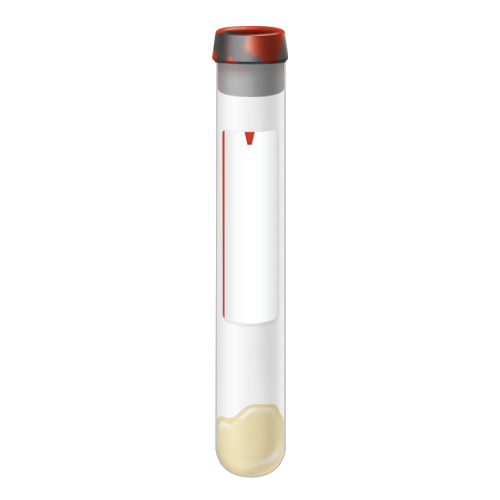 |
|---|---|---|
| Name | SST Tube | |
| Code | BML | 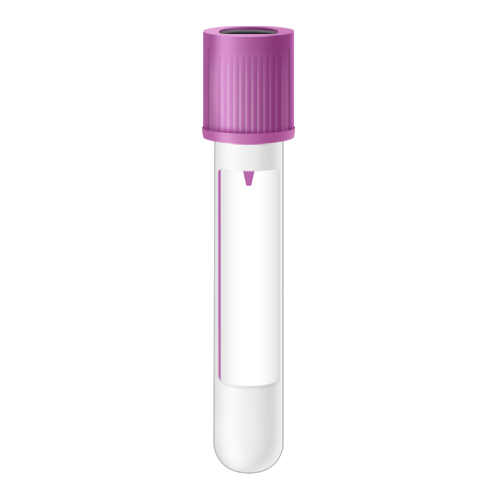 |
| Name | Bone Marrow - Lavender Top | |
| Code | LAV |  |
| Name | Lavender top- EDTA | |
| Code | FLUL |  |
| Name | Fluid Lavender (source required) | |
| Code | TAN | 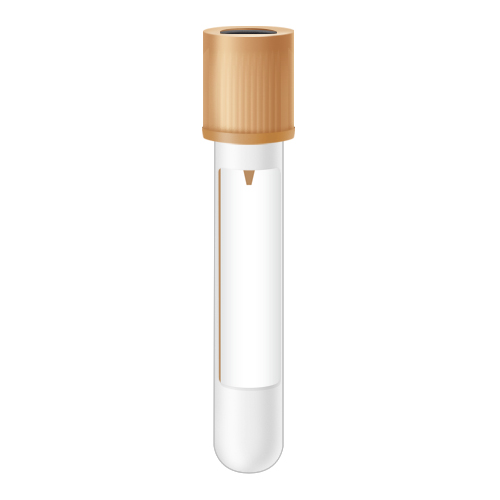 |
| Name | Tan Top | |
| Code | YEL |  |
| Name | Yellow top- ACD | |
| Code | YELS |  |
| Name | Yellow top- SPS | |
| Code | RBP | 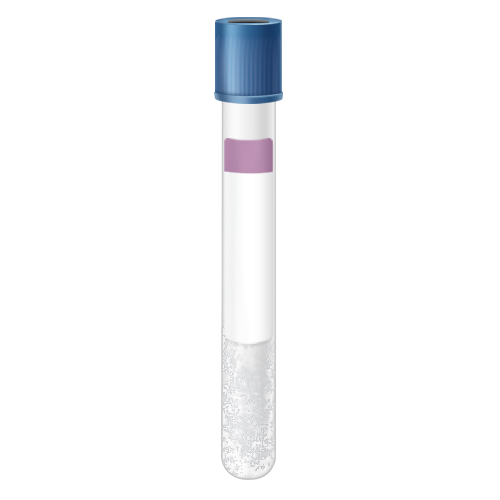 |
| Name | Blue-Royal Blue Top K2 EDTA Plasma(*LAVENDER LINE) | |
| Code | RBS | 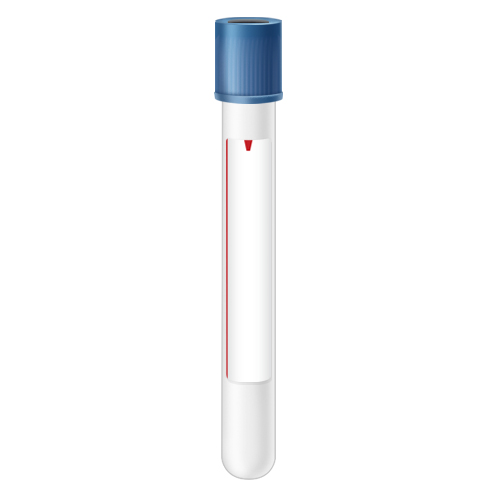 |
| Name | Blue-Royal Blue Trace Element Serum (**RED LINE**) | |
| Code | URB |  |
| Name | Blue-Royal Urine | |
| Code | GRY |  |
| Name | Grey top- Sodium Fluoride | |
| Code | BMG | 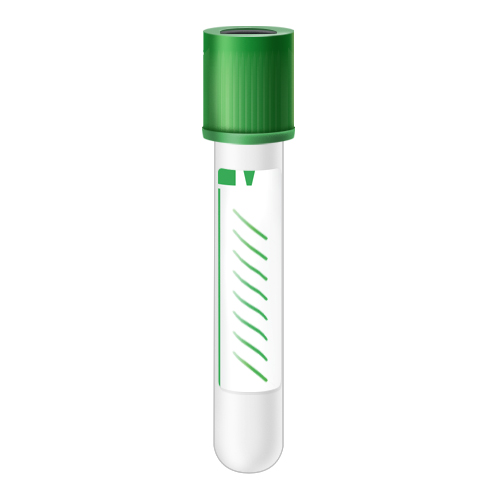 |
| Name | Bone Marrow - Green Top | |
| Code | UG |  |
| Name | Green top urine | |
| Code | UGTP |  |
| Name | Green top urine (preservative) | |
| Code | FLUG |  |
| Name | Fluid Green Top | |
| Code | QFT |  |
| Name | Green Top-Lithium Heparin | |
| Code | FLUR | 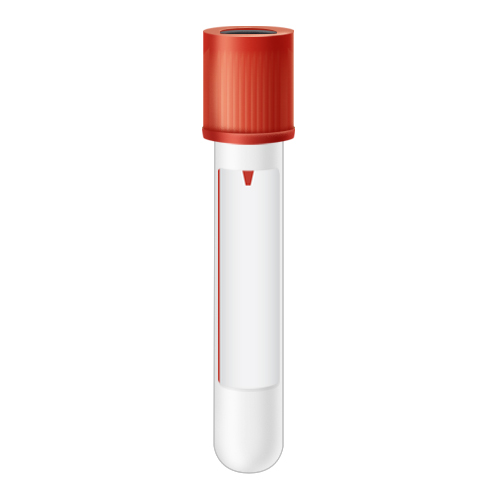 |
| Name | Fluid Red Top | |
| Code | LTB | 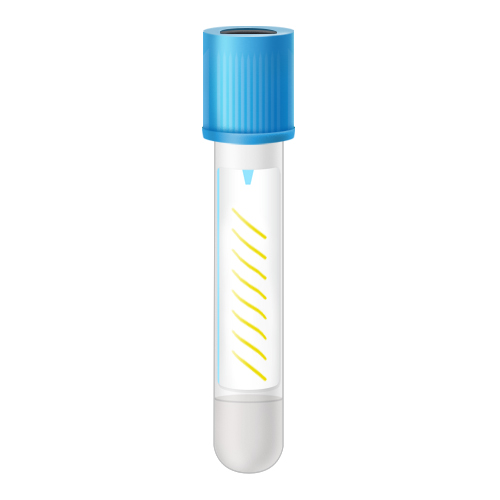 |
| Name | Light blue top | |
| Code | PPT | 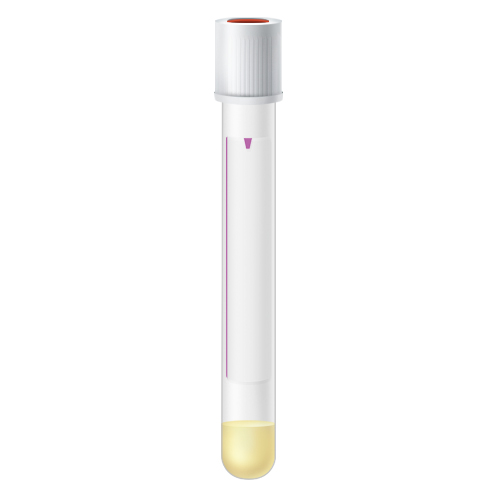 |
| Name | White Top (PPT) | |
| Code | ACDNA |  |
| Name | Ariosa Cell-Free DNA (White TopTube) | |
| Code | TP | 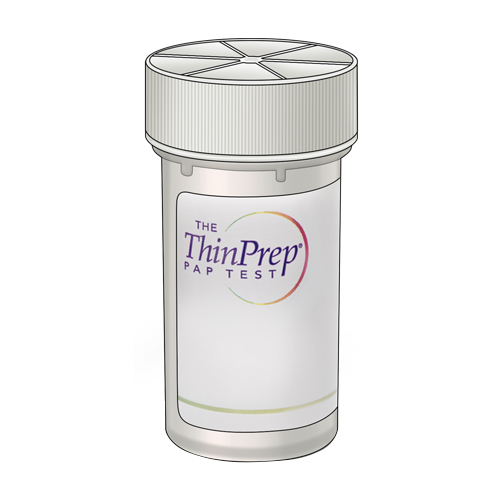 |
| Name | ThinPrep Vial | |
| Code | SPTH | 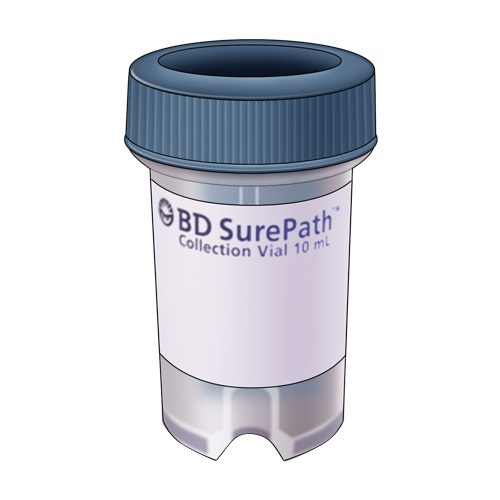 |
| Name | Surepath Vial | |
| Code | O&P |  |
| Name | O&P Kit (Total Fix) | |
| Code | U24 |  |
| Name | Urine Container - 24hr | |
| Code | UA |  |
| Name | Urine Urinalysis Tube - Yellow | |
| Code | CUL |  |
| Name | Swab-Bacterial Culture | |
| Code | ES |  |
| Name | Swab-E | |
| Code | APT | 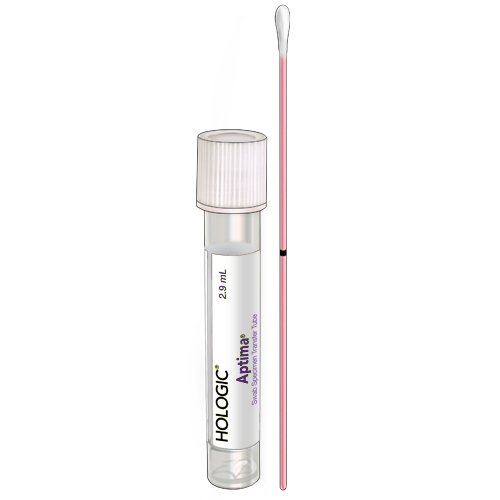 |
| Name | Swab-Aptima Genprobe | |
| Code | UGP | 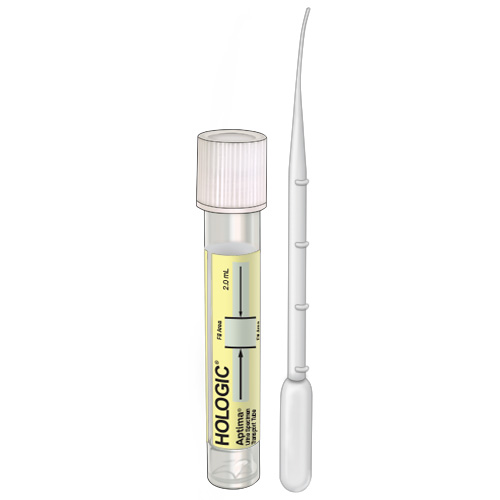 |
| Name | Urine Container-Genprobe-Aptima | |
| Code | BDA |  |
| Name | Affirm(BD) VPIII | |
| Code | RED |  |
| Name | Red Top Plain | |
| Code | UGY |  |
| Name | Urine Tube - Grey Top | |